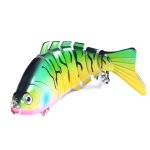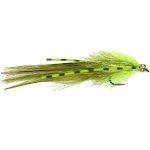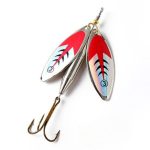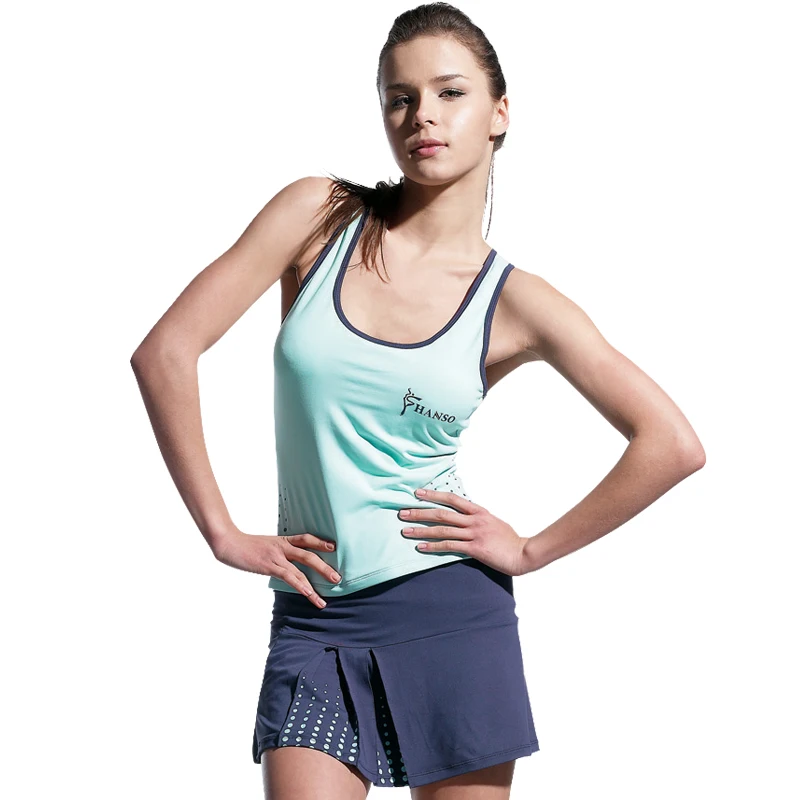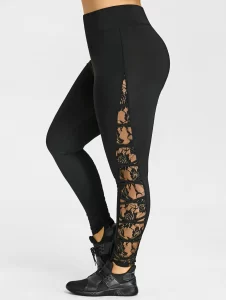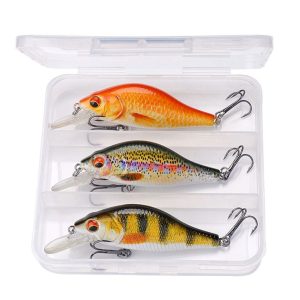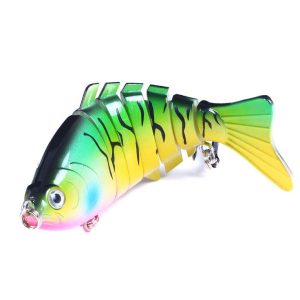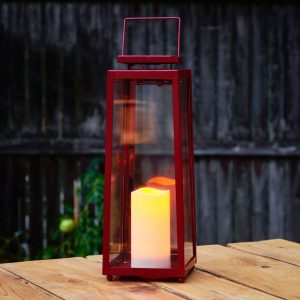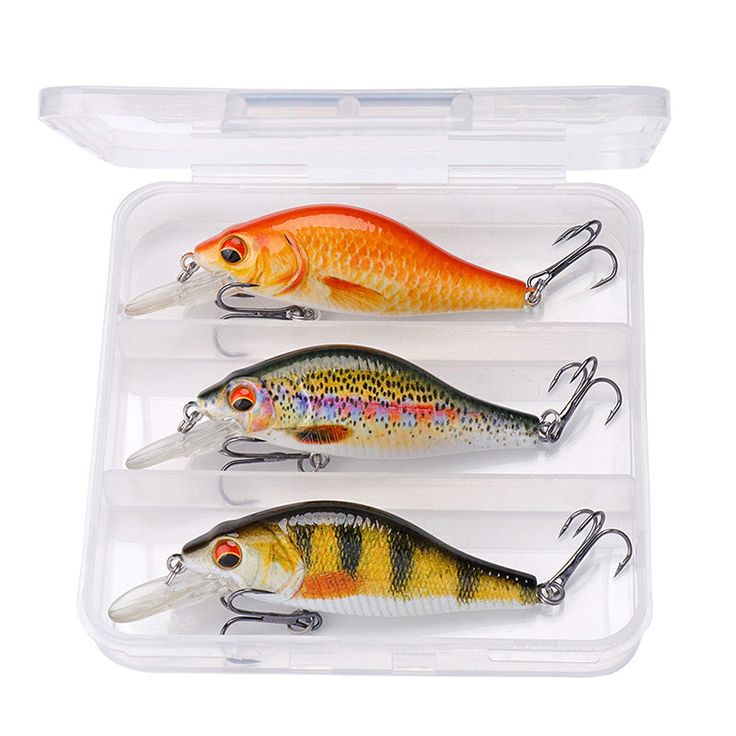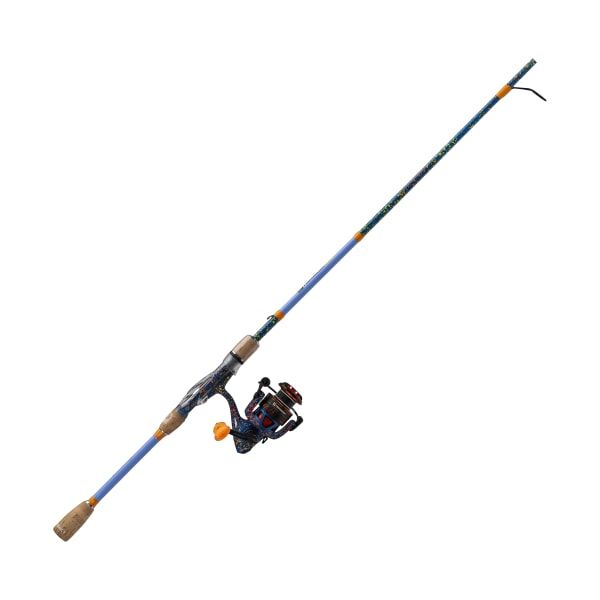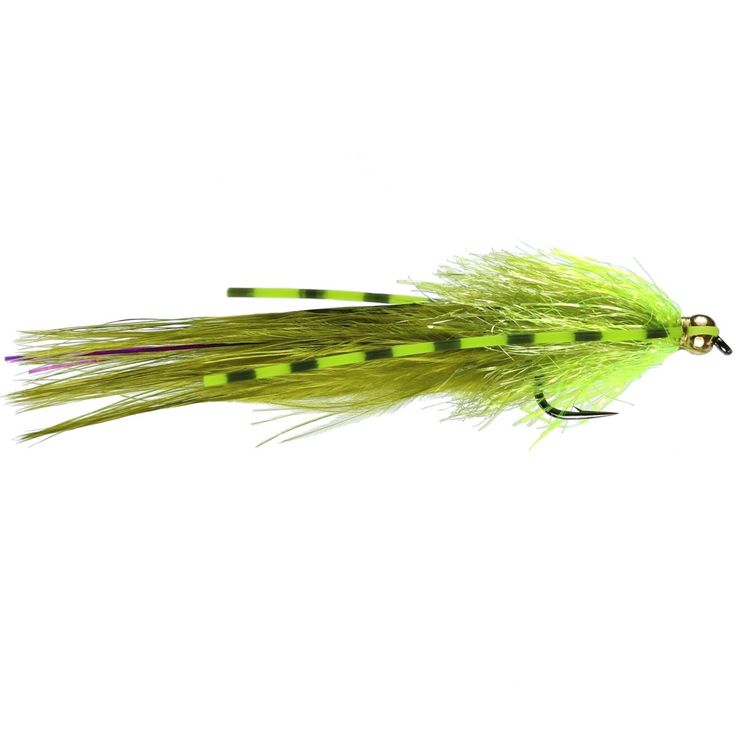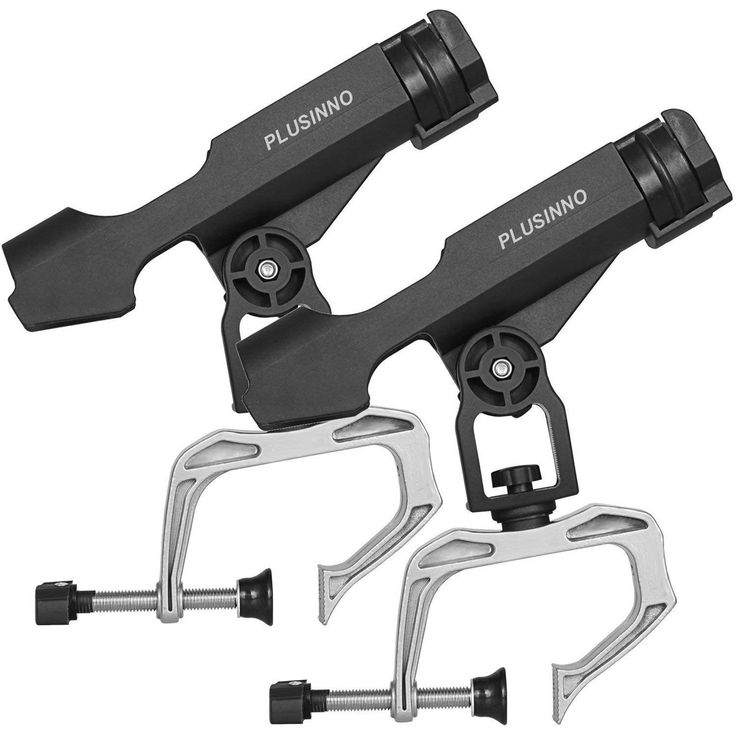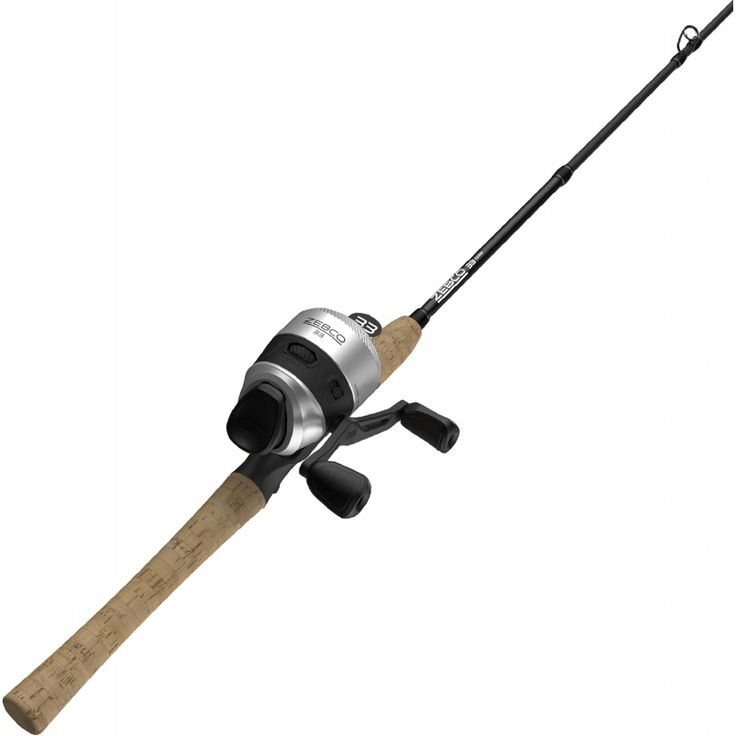I. Introduction
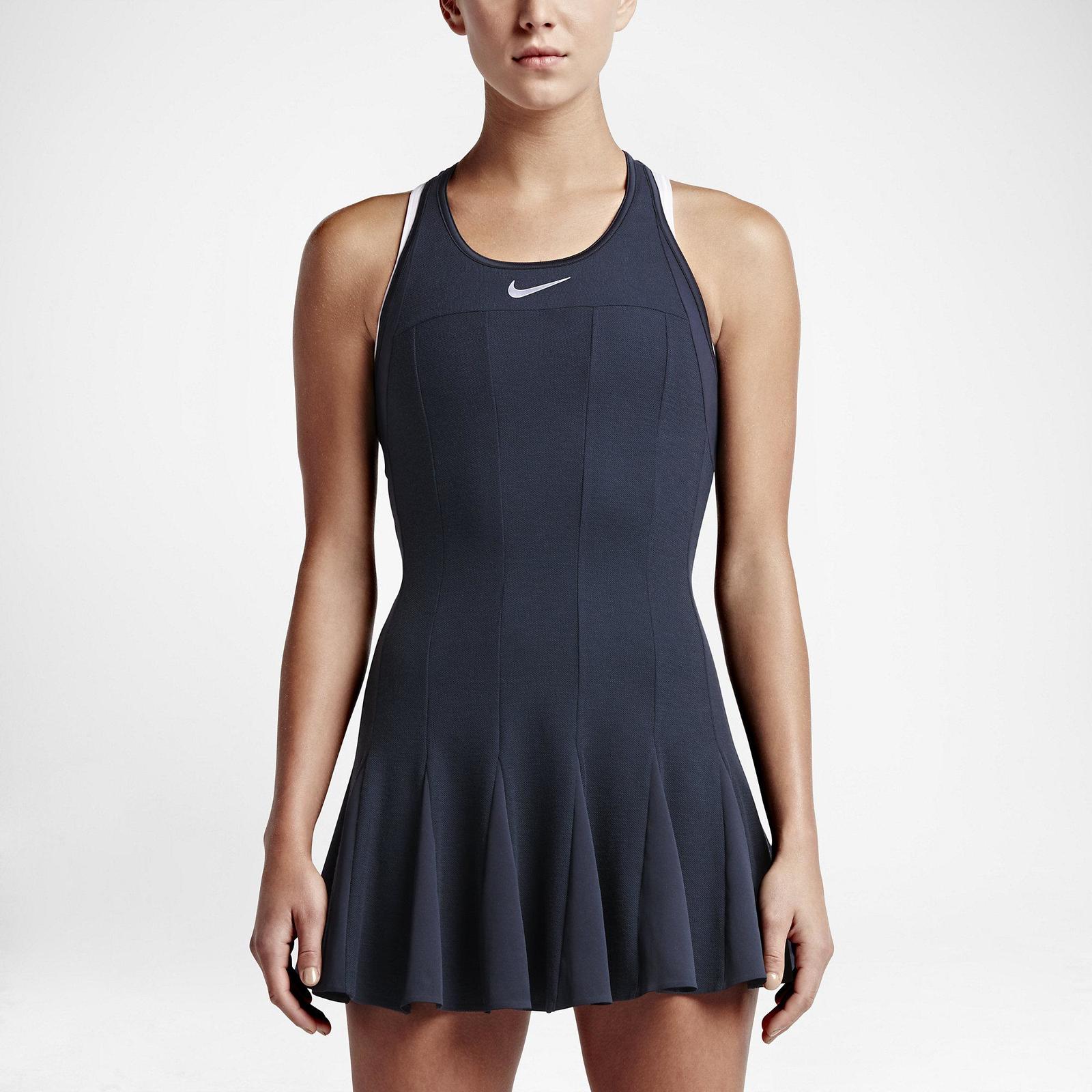
A. The significance of sports dress in enhancing performance and safety
Sports dress plays a crucial role in optimizing performance and ensuring safety for athletes and sports enthusiasts. The right clothing not only enhances a person’s ability to excel in their chosen sport but also protects them from potential injuries. This article will explore the evolution of sports dress and how it has transitioned from being solely functional to incorporating fashion and style.
B. Evolution of sports dress from functional to fashionable
Sports dress has come a long way, evolving from simple, utilitarian garments to incorporating fashionable elements. Initially, the focus was solely on functionality and performance, with materials and designs that aimed to enhance athletic abilities. However, as sports gained popularity and athletes became more influential figures, the demand for stylish and trendy sports apparel increased. As a result, sports dress has become a combination of functionality and fashion, catering to both athletic performance and personal style.
II. Functionality of Sports Dress
A. Performance-enhancing materials and designs
- Moisture-wicking fabrics for sweat management Moisture-wicking materials, such as polyester blends, are designed to draw moisture away from the body, keeping athletes dry and comfortable during intense physical activity. These fabrics absorb sweat and allow it to evaporate quickly, preventing the buildup of moisture and reducing the risk of skin irritation and overheating.
- Breathable materials for temperature regulation Sports dress often utilizes breathable fabrics like mesh or lightweight polyester to promote airflow and regulate body temperature. Adequate ventilation is crucial during strenuous exercise, as it helps dissipate heat and maintain a comfortable body temperature, preventing overheating and improving performance.
- Compression garments for muscle support and recovery Compression garments, such as compression shorts or leggings, provide support to muscles and aid in their recovery. The tight fit of these garments helps increase blood circulation, reducing muscle fatigue and soreness. Compression clothing also aids in reducing muscle vibrations and minimizing the risk of injuries during physical activities.
B. Safety features in sports dress
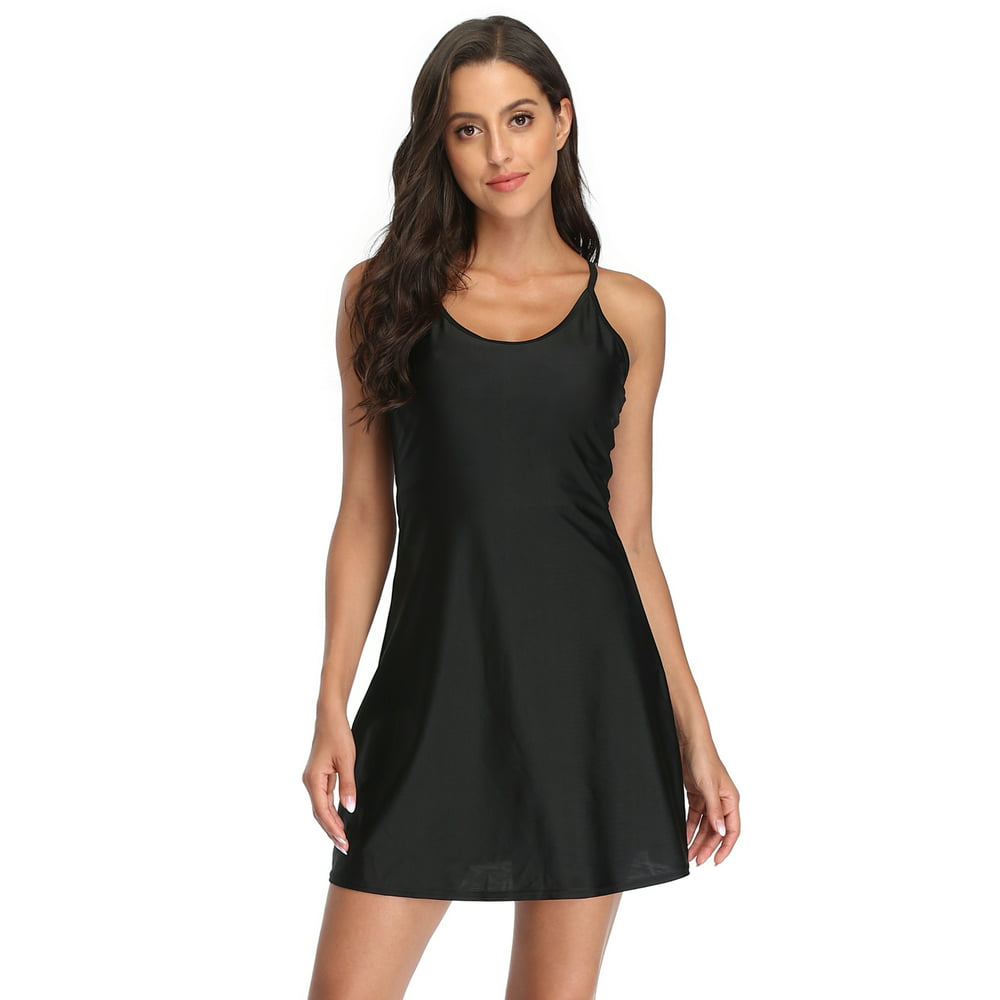
- Protective padding and impact resistance In contact sports or activities with a higher risk of injury, sports dress often incorporates protective padding. This padding helps absorb impact and reduce the risk of bruises, cuts, or more severe injuries. Common examples are shoulder pads in football or shin guards in soccer.
- Reflective elements for visibility during low-light conditions For outdoor sports that may involve training or competitions during low-light conditions, sports dress may incorporate reflective elements. These reflective materials enhance visibility, ensuring the safety of athletes and making them more visible to others, such as drivers or fellow participants.
- Proper footwear for injury prevention and stability Footwear is an essential element of sports dress, providing support and preventing injuries. Different sports require specific shoe designs and features to accommodate the movements and requirements of the activity. Proper footwear ensures stability, grip, and shock absorption, reducing the risk of ankle sprains or other foot-related injuries.
III. Fashion and Style in Sports Dress
A. Integration of fashion trends and designs in sports apparel
- Collaboration between sports brands and fashion designers To meet the increasing demand for stylish sports apparel, many sports brands have collaborated with fashion designers or influencers. These collaborations bring together the expertise of sports brands and the creativity of fashion designers, resulting in unique and fashionable sports clothing collections.
- Stylish patterns, colors, and prints in sports clothing Sports apparel now comes in a wide range of stylish patterns, vibrant colors, and eye-catching prints. Clothes that were once limited to basic colors and simple designs now incorporate bold patterns, graphic prints, and trendy color combinations. This allows athletes to express their personal style while maintaining functionality.
- Athleisure wear as a fashion statement outside of sports activities Athleisure wear has gained immense popularity in recent years, blurring the lines between sports dress and everyday fashion. Athleisure clothing combines the comfort and functionality of sports apparel with the style and aesthetics of fashion. This trend has made sports dress more versatile, allowing people to seamlessly transition from their workout sessions to casual outings or social events.
B. Customization and personalization options
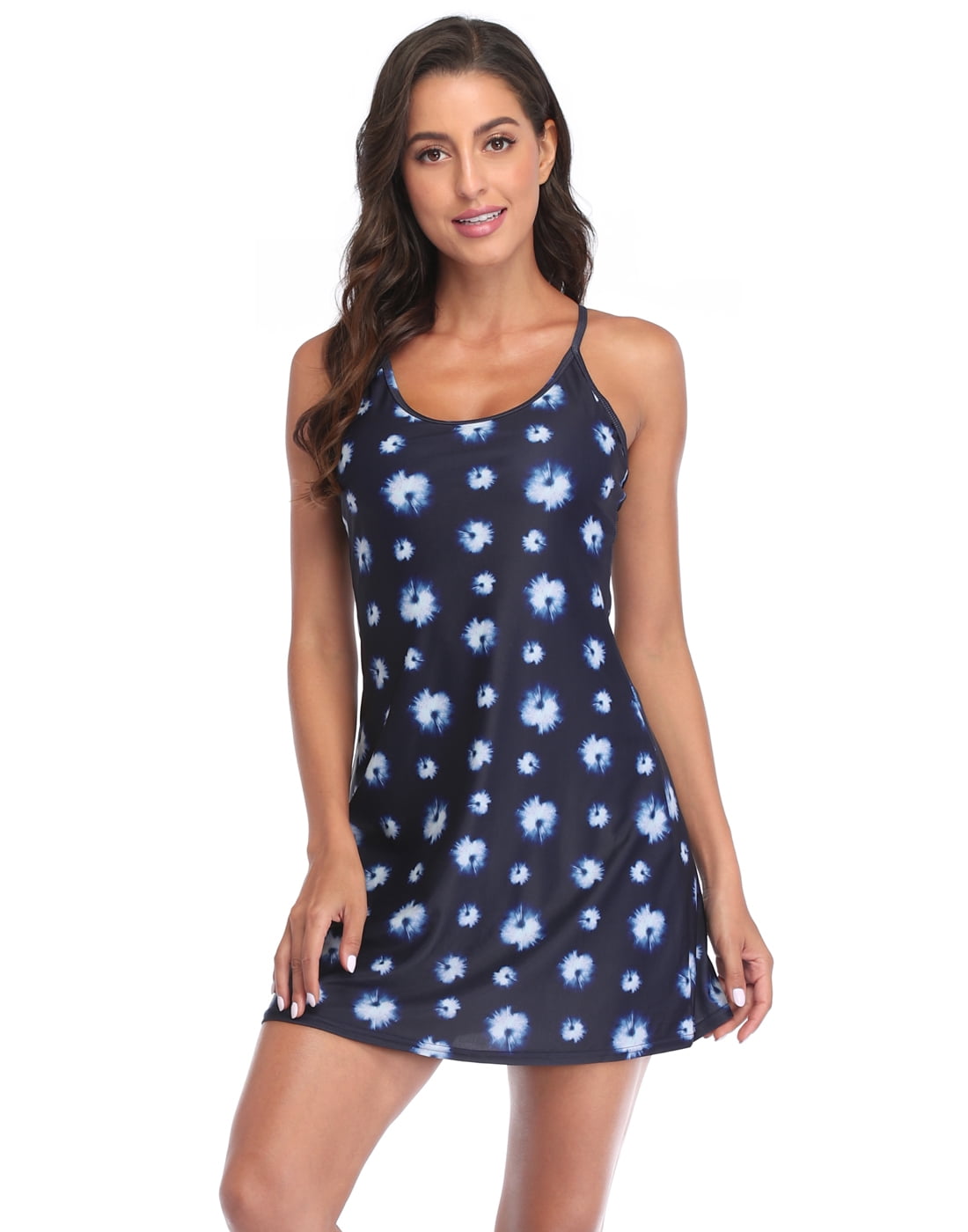
- Custom team jerseys and uniforms Team sports often require custom jerseys and uniforms to differentiate players and teams. These garments can be customized with team logos, player names, and numbers, allowing for a sense of unity and identity among team members.
- Personalized sportswear with names and numbers Even for individual sports, personalized sportswear has become popular. Athletes can now personalize their clothing with their names, initials, or specific numbers, adding a personal touch and creating a sense of ownership and identity.
- Tailored fit options for enhanced comfort and style Sports dress now offers tailored fit options, allowing athletes and individuals to have clothing that fits their body shape and size perfectly. This tailored fit not only enhances comfort but also adds a touch of sophistication and style to sports apparel.
IV. Gender and Cultural Influences on Sports Dress
A. Gender-specific designs and considerations
- Sport-specific attire for men and women a. Different clothing and equipment requirements based on the demands of each sport b. Considerations for body shape, size, and movement patterns of men and women
- Inclusivity and equality in sports dress a. Breaking gender stereotypes in sports attire b. Offering a wide range of sizes, styles, and options for athletes of all genders
B. Cultural influences on sports dress
- Traditional attire in specific sports and regions a. Cultural heritage influencing the design and aesthetics of sports dress b. Traditional garments adapted for modern sports activities
- Cultural symbols and motifs in sports clothing a. Incorporating cultural symbols and designs in sports attire b. Representing cultural pride and identity through sports dress
V. Sustainability and Ethical Considerations in Sports Dress
A. Eco-friendly materials and manufacturing practices
- Use of recycled and sustainable fabrics a. Development and utilization of fabrics made from recycled materials, such as plastic bottles or fishing nets b. Incorporation of organic and biodegradable materials in sports clothing
- Reduction of waste and carbon footprint a. Implementation of sustainable production techniques to minimize waste generation b. Carbon offset programs and renewable energy sources for manufacturing processes
B. Fair trade and ethical production processes
- Ensuring fair wages and working conditions a. Collaborating with manufacturing partners that adhere to fair labor standards b. Supporting initiatives that promote fair wages and safe working environments in the sports apparel industry
- Transparency in the supply chain a. Traceability and accountability in the sourcing of materials and production practices b. Certification and auditing processes to ensure ethical supply chain management
IV. Gender and Cultural Influences on Sports Dress
A. Gender-specific designs and considerations
- Sport-specific attire for men and women Sports dress varies depending on the unique demands of each sport. Different fabrics, cuts, and features are designed to optimize performance and comfort for athletes of different genders. For example, women’s basketball shorts may be tailored differently to accommodate movement patterns specific to the sport.
- Inclusivity and equality in sports dress In recent years, there has been a shift towards inclusivity and equality in sports dress. Brands are adopting a more gender-neutral approach and offering a wider range of sizes, styles, and options for athletes of all genders. Breaking gender stereotypes in sports attire is an important step towards inclusivity in the sports world.
B. Cultural influences on sports dress
- Traditional attire in specific sports and regions Sports dress in certain sports is influenced by cultural heritage and traditions. Traditional garments are often adapted to meet the performance requirements of modern sports. For example, Taekwondo uniforms incorporate elements of traditional Korean clothing.
- Cultural symbols and motifs in sports clothing Sports apparel often incorporates cultural symbols and designs, allowing athletes to represent their cultural pride and identity. This can be seen in the use of patterns, colors, and motifs that reflect the traditions and symbolism of different cultures.

